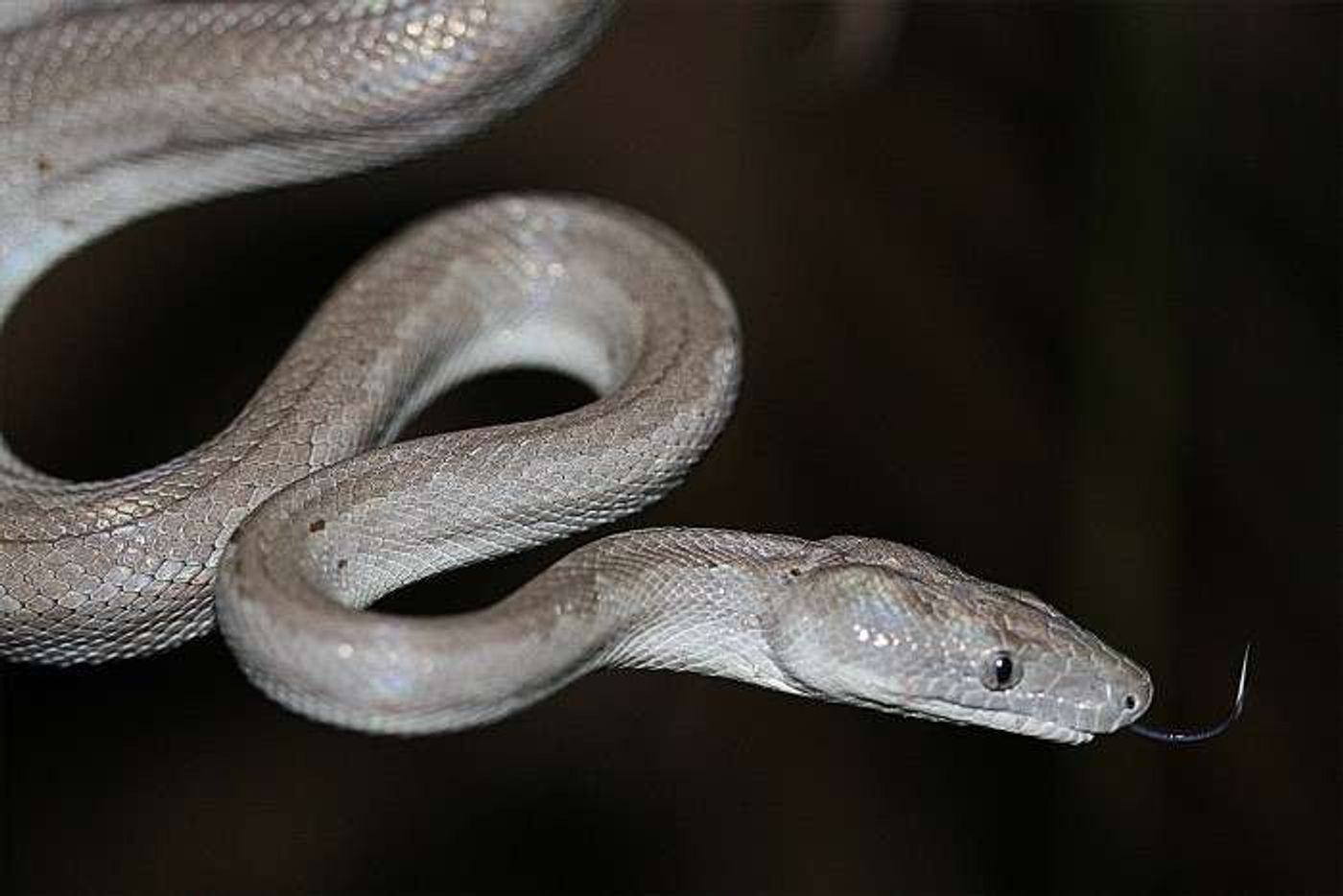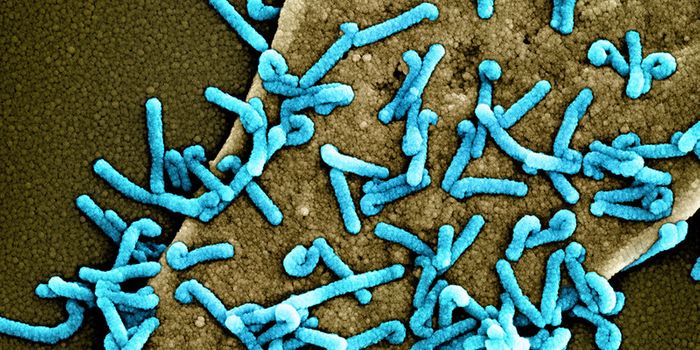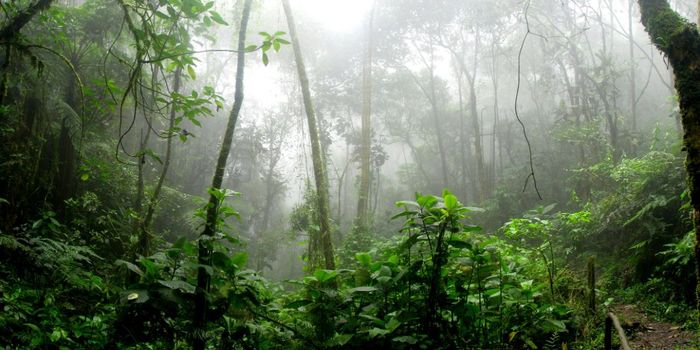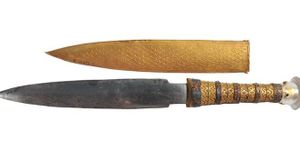New Species of Silver Boa Discovered, Already Deemed Endangered
Biologists from Harvard University went on an exploration trip in the Bahamas in July of 2015, and what they’d find there was not only unexpected, but also very much a stroke of luck.
While peering into a silver palm tree, one of the biologists had noticed a silver-colored boa dangling from the tree. The color and shape of the snake was enough to alert the team that this was something unusual.

The findings are published in the journal Breviora.
To be sure, scientists took tissue samples to compare with already-known species, and unsurprisingly to the scientists, it was a new species entirely. The genetics suggest that the species branched off from ordinary boas. The team gave it the name “Silver Boa.”
During the trip, the biologists only spotted around 6 of these silver snakes. One of them had actually slithered up onto one of the biologist’s heads while they were sleeping.
On a second trip in October that same year, 14 additional sightings of the silver snake were reported, bringing the total count up to 20. They were captured, measured, and tagged for further study and research.
The low amount of sightings has researchers believing that the species is critically endangered, but the fact that we’ve managed to find the species at this point in time means that we have the potential to stop the species from going extinct.
“We found this species on its way to extinction, and now we have the opportunity to intervene on their behalf so that doesn’t happen,” said UNC Asheville Assistant Professor of Biology Graham Reynolds, and leader of the exploration team.
To prevent the species from going extinct, the team of biologists are working with local wildlife authorities to help implement conservation efforts.
Among the things that currently threaten the species are non-native feral cats, natural disasters, and poaching. These are the areas of interest that these organizations would have to work on in order to keep the species alive and well.
Source: University of North Carolina Asheville, National Geographic, Phys.org








